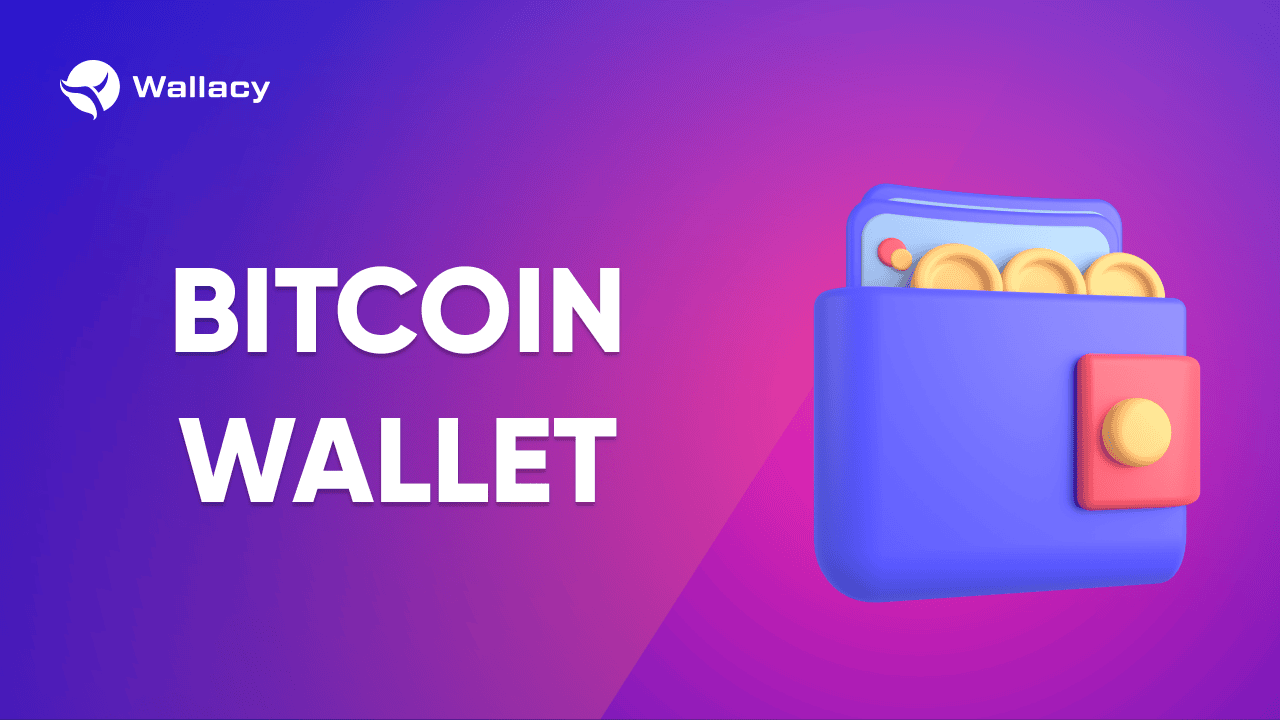Crypto Wikipedia
Search our knowledge base or browse categories below.
Bitcoin wallet

Bitcoin is a decentralized digital currency that was created in 2009 by an unknown person or group using the name Satoshi Nakamoto. Unlike traditional currencies, Bitcoin is not issued by a central bank or government, but instead, it is created through a process called mining. Bitcoins can be stored in a special wallet, and transactions are processed using digital wallets. Let’s explore how it works!
Mining is the process by which new bitcoins are created and transactions are verified. Miners use powerful computers to solve complex mathematical problems that validate transactions and add them to a public ledger called the blockchain. The blockchain is a distributed ledger that is maintained by a network of computers around the world, making it impossible to manipulate or hack.
When a transaction is verified and added to the blockchain, it creates a new block that is linked to the previous block, forming a chain of blocks (hence the name “blockchain”). This creates a secure and transparent record of all Bitcoin transactions that have ever occurred, which can be viewed by anyone with an internet connection.
Bitcoin transactions are processed using digital wallets, which are software programs that allow users to send and receive Bitcoin. Each wallet has a unique address, which is a string of letters and numbers that can be used to send or receive Bitcoin. When a transaction is initiated, it is broadcast to the network and verified by miners. Once the transaction is confirmed and added to the blockchain, it is considered final and cannot be reversed.
One of the key features of Bitcoin is its decentralization, which means that it is not controlled by any single entity. This makes it resistant to government or institutional control and censorship, and it can be used for a variety of purposes, including online purchases, international money transfers, and investments.